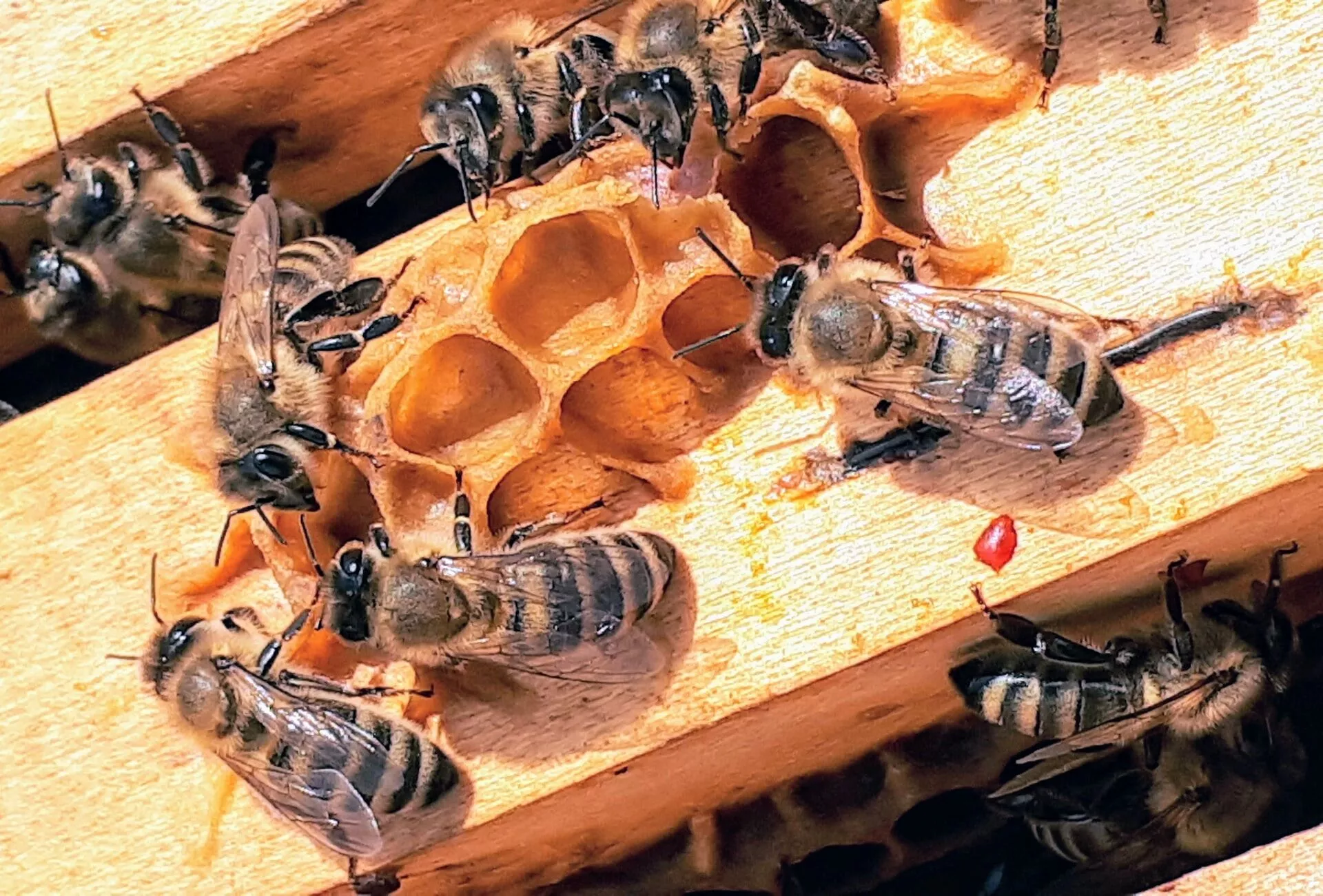
Behavior and Biology
Honey Bee Control
Honey Bees are the most important insects on the earth. They are the single biggest pollinator, many plants would simply disappear from the landscape if it weren’t for the flight and food-gathering behavior of honey bees. During the summer when flowers are less numerous, honey bees and wasps can be very serious pests in places such as around trash containers and aluminum can recycling centers.
One of the most interesting honey bee colony behaviors is known as “swarming.” Swarming is the method used by honey bees to start a new colony. A swarm is merely a honey bee colony in search of a nesting site. A swarm generally consists of a mated queen bee along with hundreds or thousands of accompanying worker bees. Swarming bees are not normally aggressive and can, in most cases, be approached safely. Unless you are an experienced beekeeper, however, it is best to avoid getting too close to swarming bees. Bees in swarms may, on occasion, sting intruders who venture too close.
Facts
- Honey bees have five eye
- Bees have been producing honey for at least 150 million year
- Honey stored in air tight containers never spoils. Sealed honey vats found in King Tut’s tomb still contained edible honey, despite over 2,000 years beneath the sands
A queen is the largest bee in the hive. She can lay up to 2,000 eggs per day, twice her own body weight per day
- Bees have to fly over 55,000 miles to make 1 lb. of honey
Diseases/Threats
- Honey bees living within a building do not cause structural damage, though if abandoned, their waxy comb and honey will melt and foul wall board, siding, and insulation
- Honey Bees do not cause diseases rather they might sting you sometimes if you disturb their nature habitat
- Honeybees are the only type of bee that die after they sting
Our Solution
Types of Honey Bees

